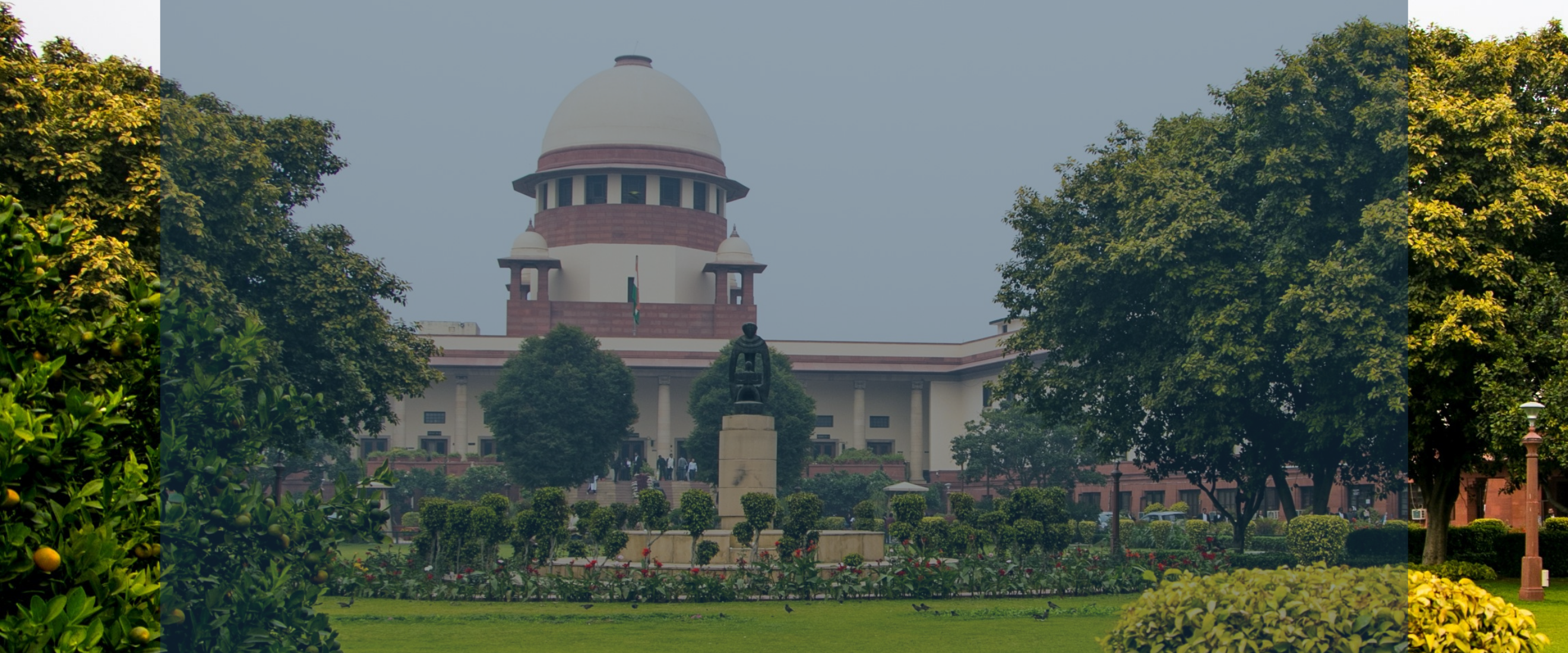Analysis
Ayodhya Judgment: Opening the Floodgates?
DESK BRIEF: Only time will tell if the expansive reliefs in the Ayodhya case have opened up a floodgate of similar litigation.

On November 9th, the nation woke up to one of the most awaited Judgments of post-independent India – the Ayodhya Title Dispute. The Judgment, as we had discussed in one of our earlier desk briefs, attempts to stick to a minimalist position in its reasoning, relying on “settled legal principles” to dispose of a dispute over, what it calls, “title to the land”.
Despite the ostensibly minimalist approach in its reasoning, the Court was expansive in moulding the reliefs, awarding the title to the entire disputed property to the deity – Shri Ram Virajman, and allocating an alternate 5-acre land to the Sunni Waqf Board. This was done notwithstanding its finding that no one had established a clear title to the inner courtyard – the area where the Babri Masjid sat.
In granting the reliefs, the Court has directed the Union Government to set up a trust which will oversee the building of a temple on the disputed property. This, though, has raised questions about judicial overreach and stirred debates about whether the legitimacy of certain other places of worship too may now be questioned before courts. It may be also recalled that the rumoured settlement proposal from the Waqf Board during the hearings was subject to the Centre granting protection to all other mosques.
Nevertheless, the judgment tries to block out any future attempts at contesting the validity of places of worship. Relying on the Places of Worship (Special Provisions) Act (Act), the Court held that the legislation specifically prohibits the conversion of a place of worship belonging to a religious denomination into that of another religious denomination or section or a different segment of the same religious denomination. Moreover, it noted that the Act placed a legal bar on the religious character of such a place being changed if the same existed on August 15th 1947. Nevertheless, a specific exception was carved out for Ram Janmabhoomi-Babri Masjid under Section 5 of the Act, noted the Court.
The Court has thus attempted to foreclose future litigants from using the judgment as a precedent to stake a claim over historically contested places of worship. Nevertheless, it is unclear whether the bar on conversion applies equally to even those places of worship which were not in existence on August 15th 1947. Moreover, the Court also does not answer whether the Parliament can carve out exceptions similar to the one for Ram Janmabhoomi-Babri Masjid.
While the Court, by granting expansive reliefs, has attempted to put the Ayodhya dispute to rest once and for all, only time will tell if it has opened up a floodgate of similar litigation.
Best,
SC Observer Desk
(This post is extracted from our weekly newsletter, the Desk Brief. Subscribe to receive these in your inbox.)







